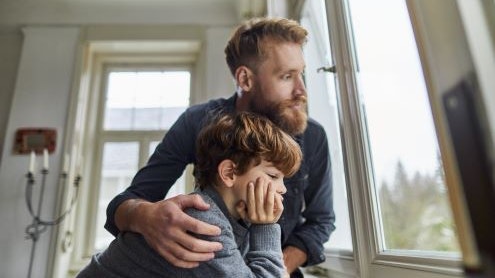Homepage
•
Learning Library
•
Blog
•
Meeting students' social-emotional needs during a COVID-19 lockdown
Expand breadcrumbs
Expand breadcrumbs
- Learning Library
- Blog
- Meeting students' social-emotional needs during a COVID-19 lockdown
- Homepage
- •
- Learning Library
- •
- Blog
- •
- Meeting students' social-emotional needs during a COVID-19 lockdown
Meeting students' social-emotional needs during a COVID-19 lockdown
By Nicole Krueger
April 7, 2020








